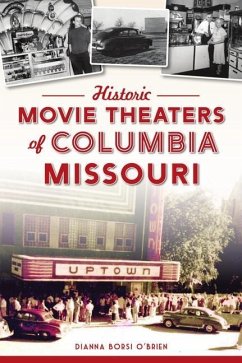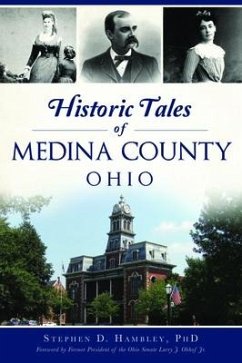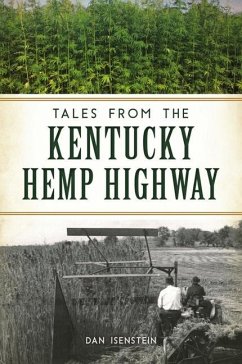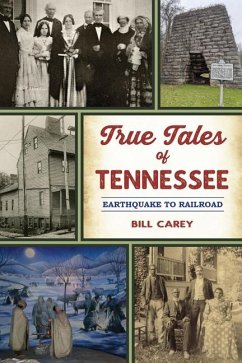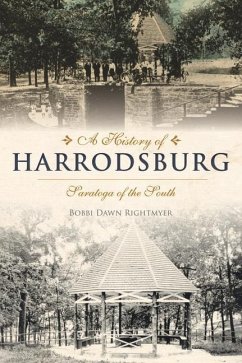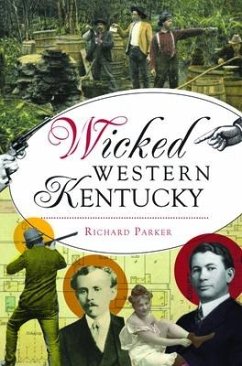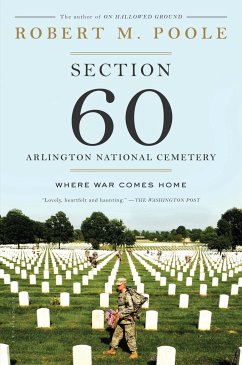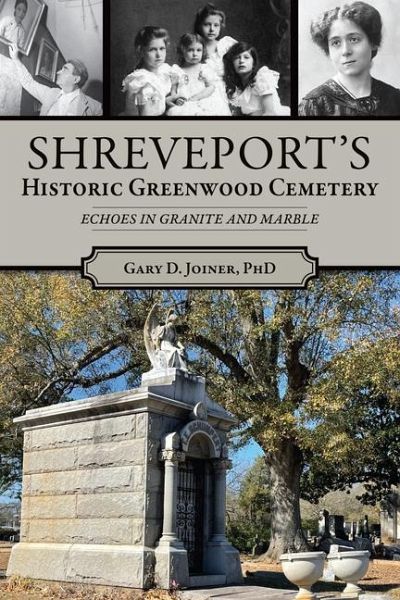
Shreveport's Historic Greenwood Cemetery
Echoes in Granite and Marble
Versandkostenfrei!
Versandfertig in über 4 Wochen
18,99 €
inkl. MwSt.

PAYBACK Punkte
9 °P sammeln!
Pause for a spell to visit with the remarkable inhabitants of Greenwood Cemetery. Greenwood Cemetery is resplendent in its gardenlike setting, gently rolling hills, sharply edged bluffs, impressively carved monuments and row after row of military gravestones. It is a social laboratory that helps those get to know who was here before and what their families wish future generations to remember about them. Visitors can find heroes and villains, mayors, bankers, industrialists, the well-to-do, and the forgotten. Some monuments are fascinating simply for their carved angels, others poignant in thei...
Pause for a spell to visit with the remarkable inhabitants of Greenwood Cemetery. Greenwood Cemetery is resplendent in its gardenlike setting, gently rolling hills, sharply edged bluffs, impressively carved monuments and row after row of military gravestones. It is a social laboratory that helps those get to know who was here before and what their families wish future generations to remember about them. Visitors can find heroes and villains, mayors, bankers, industrialists, the well-to-do, and the forgotten. Some monuments are fascinating simply for their carved angels, others poignant in their descriptions of lives cut short. Indeed, all the markers have a story to tell. The most notable among them are included in this book. Stroll through Greenwood with Dr. Gary Joiner and learn a thing or two about those who rest here.




